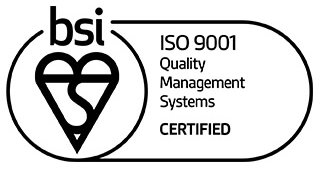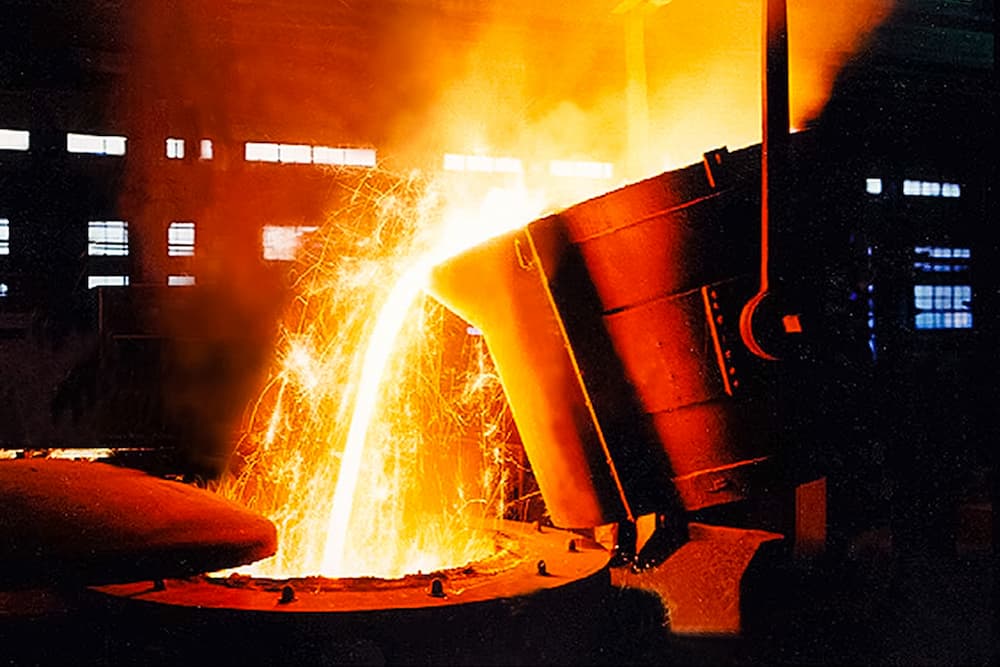Stability With Demand Forecasting
Demand forecasting is essential for creating a strong supply chain and maintaining reliable manufacturing operations. Efficient manufacturing operations rely on demand forecasting to create financially lean operations. Read more about the benefits demand forecasting provides manufacturing below.
What is Demand Forecasting?
Demand forecasting relates to estimating your required resources for upcoming work. This applies to many areas of business but is particularly useful for industries such as manufacturing and metal foundries due to the natural delays that come with sourcing materials from various locations for your manufacturing commissions.
Supply chain management has many elements to ensure the reliable productivity of facility operations. Demand forecasting is not simply stocking vast quantities of materials; the result is efficient storage of the right quantity of items you need to satisfy your client’s needs without creating a bloated surplus. Without effective supply chain management, lead times and expenses will be unnecessarily high for sourcing materials.
Supply Chain Disruptions
Supply chains are intricately related industries, where one disruption will create collateral damage in adjacent areas in the chain. We have observed these ripples first-hand during the unprecedented events of the last few years, such as the global pandemic and Russia’s war in Ukraine.
Events like these show how far the disruptive ripples can travel in a poorly managed supply chain, and even after they have passed, their impact will still be felt across many supply chains. Even today, up and downstream supply chains can be erratic, with previously established routes no longer viable for your business’s focus and will need reassessing.
A supply chain that isn’t optimised will dramatically increase costs as you have to compensate for disruptions with impromptu logistical solutions such as prioritised deliveries.
Different Elements of Demand Forecasting
With any forecasting, you need to consider the past results and future needs of your manufacturing operations to estimate what you’ll need in the present day.
Historical Data Analysis
This method relates to past events to identify established trends and accurately estimate what you’ll need in the future. This analysis is not limited to manufacturing supply chains but is highly useful for sourcing materials.
Predicting demand for specific resources is highly dependent on past data. This data reveals the scale of material needed for completed projects, which can be used as a base for early estimates of what needs to be sourced for future works. This analytical data is also applied to the logistical performance of your supply chain to find the best route and supplier needed to acquire your materials within established deadlines.
The patterns of this historical data provide informed decisions about the incoming elements of your supply chain and will significantly assist with a facility manager’s efficiency. Despite this, this data depends entirely on past events, which, as we have observed in recent years, can change unexpectedly.
Market Research
This data research will mostly apply to product development, but when combined with competitor research, it is a beneficial element of demand forecasting for manufacturing. Knowing the industry's direction will enable managers to prioritise the popular materials and processes that will draw increased business to them and not their competitors. For example, there is a significant increase in businesses wishing to choose high-quality investment casting in the UK rather than international sources vulnerable to supply chain disruptions.
Statistical Modeling
With the past data of historical data and the present market and competitor research, you can now develop your estimates of the future. In addition, statistical modelling gives managers the tools to optimise their supply chain to provide more predictable results in both time and expense.
AI software tools are prevalent solutions for creating predictions for the supply chain management of many manufacturers. These advanced analytical tools will produce highly accurate predictions and let facility managers make the most informed decisions about their operations.
Benefits of Demand Forecasting
Analysing the previously mentioned factors that affect demand, this data is used to predict the likely or unlikely possibility of purchased material being needed for repeat business in the future.
Businesses value demand forecasting because it enables them to:
- Anticipate and plan for future demand
- Maximise inventory levels
- Build flexible production schedules to meet clients’ needs
Demand forecasting can be completed using various approaches, such as statistical modelling, market research, and collaborative forecasting. It can also assist businesses in developing more effective marketing strategies. Many manufacturing companies find demand forecasting an essential tool for building a stronger supply chain and more efficient business strategies across their entire company.
Investment Castings From Dean Group
At Dean Group, we have produced high-quality investment and die castings from our UK foundry for 50 years. Predictability, reliability and quality are the cornerstones of our casting service, and we are confident that our team and supply chain management will meet any of our client’s requirements. Contact us, and find out how we can help you with your casting needs.
Registered in England VAT No: 146307478 Company Registration No: 1062820







